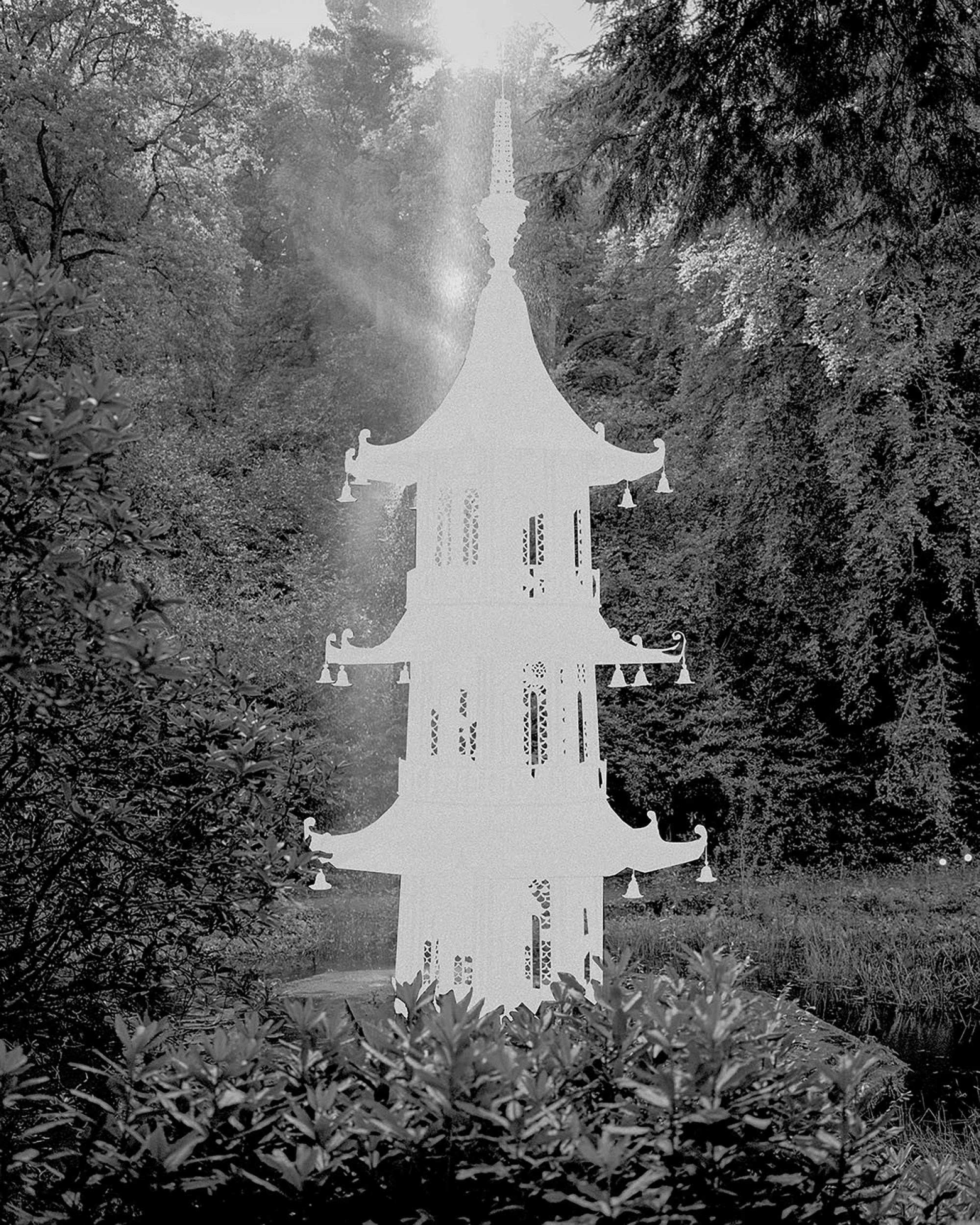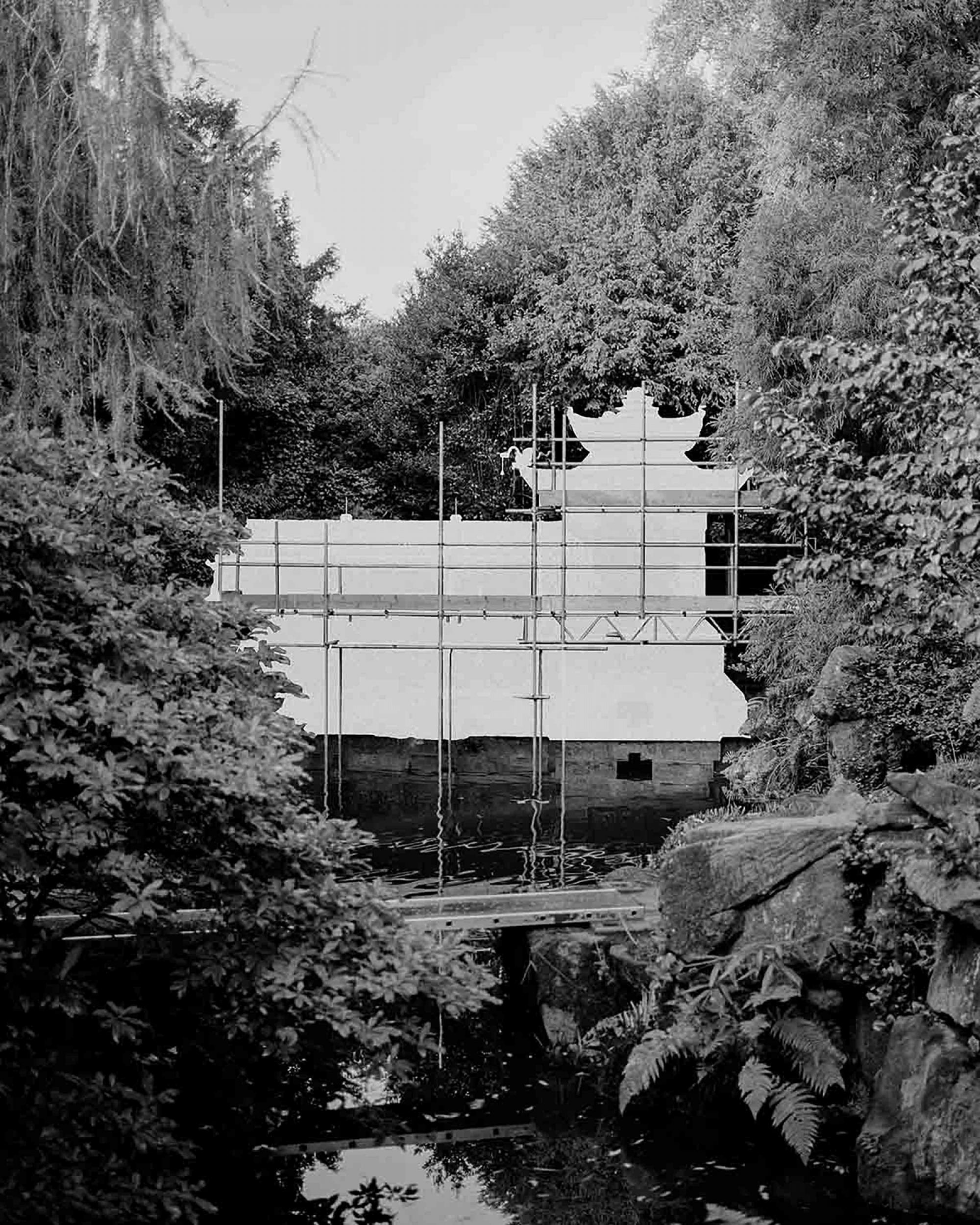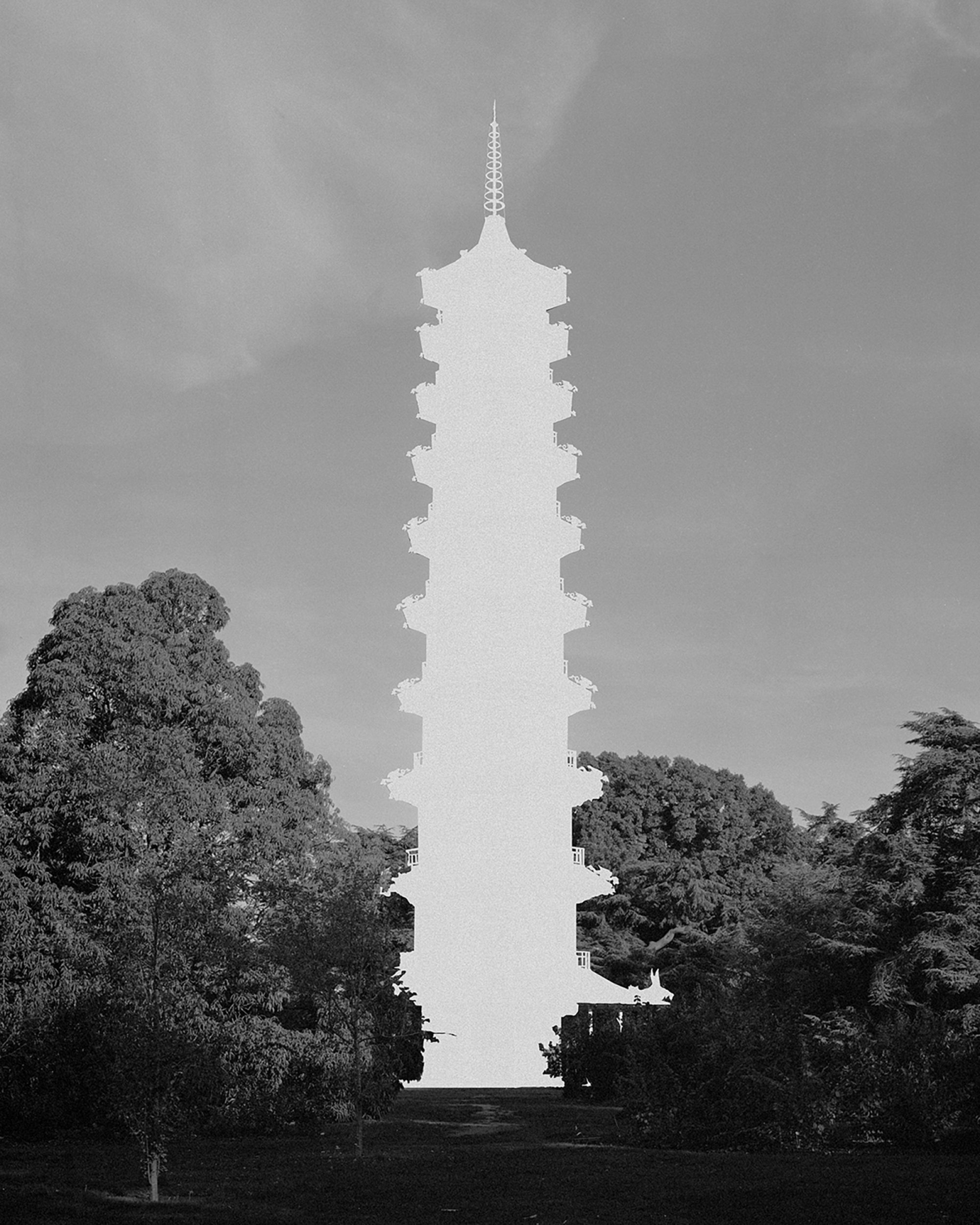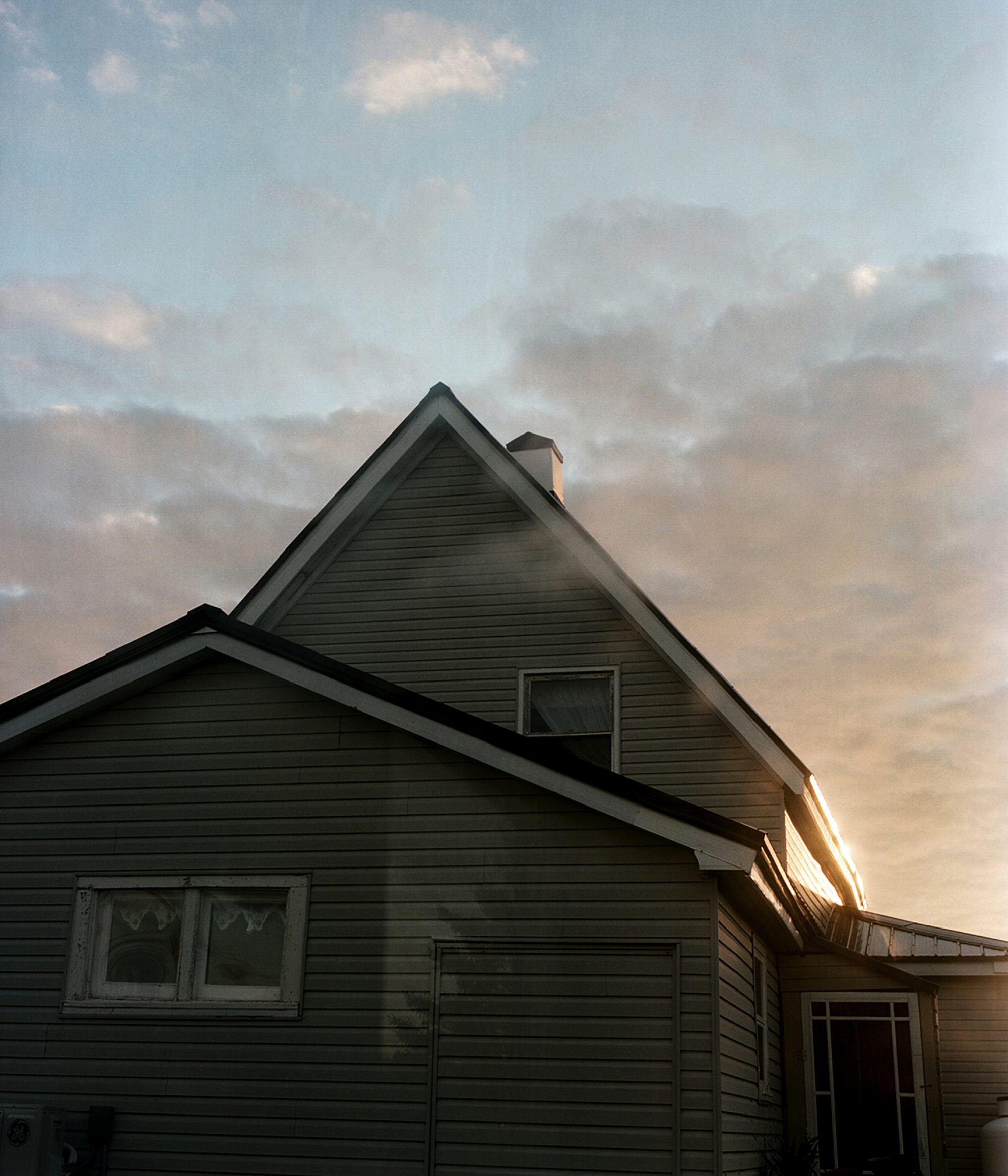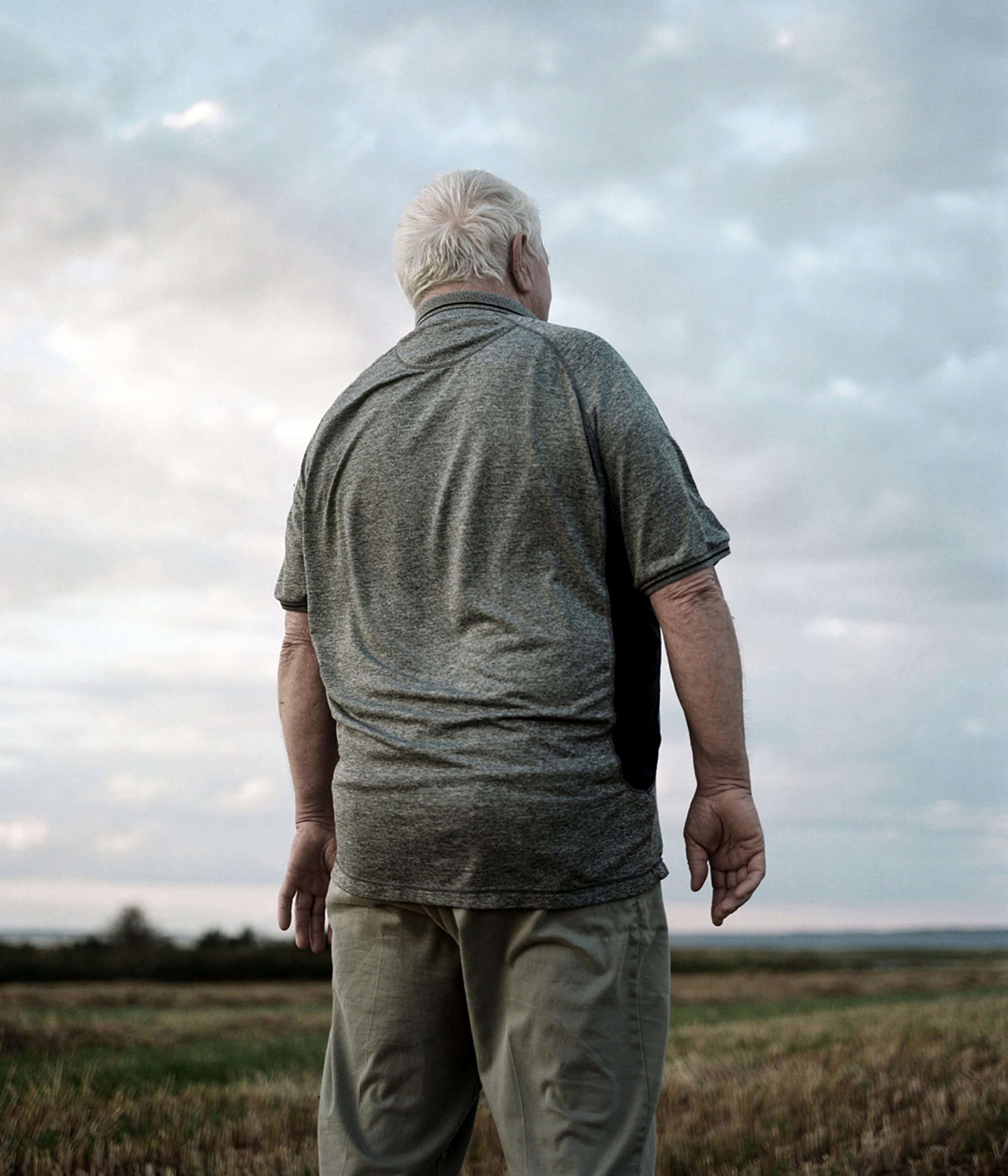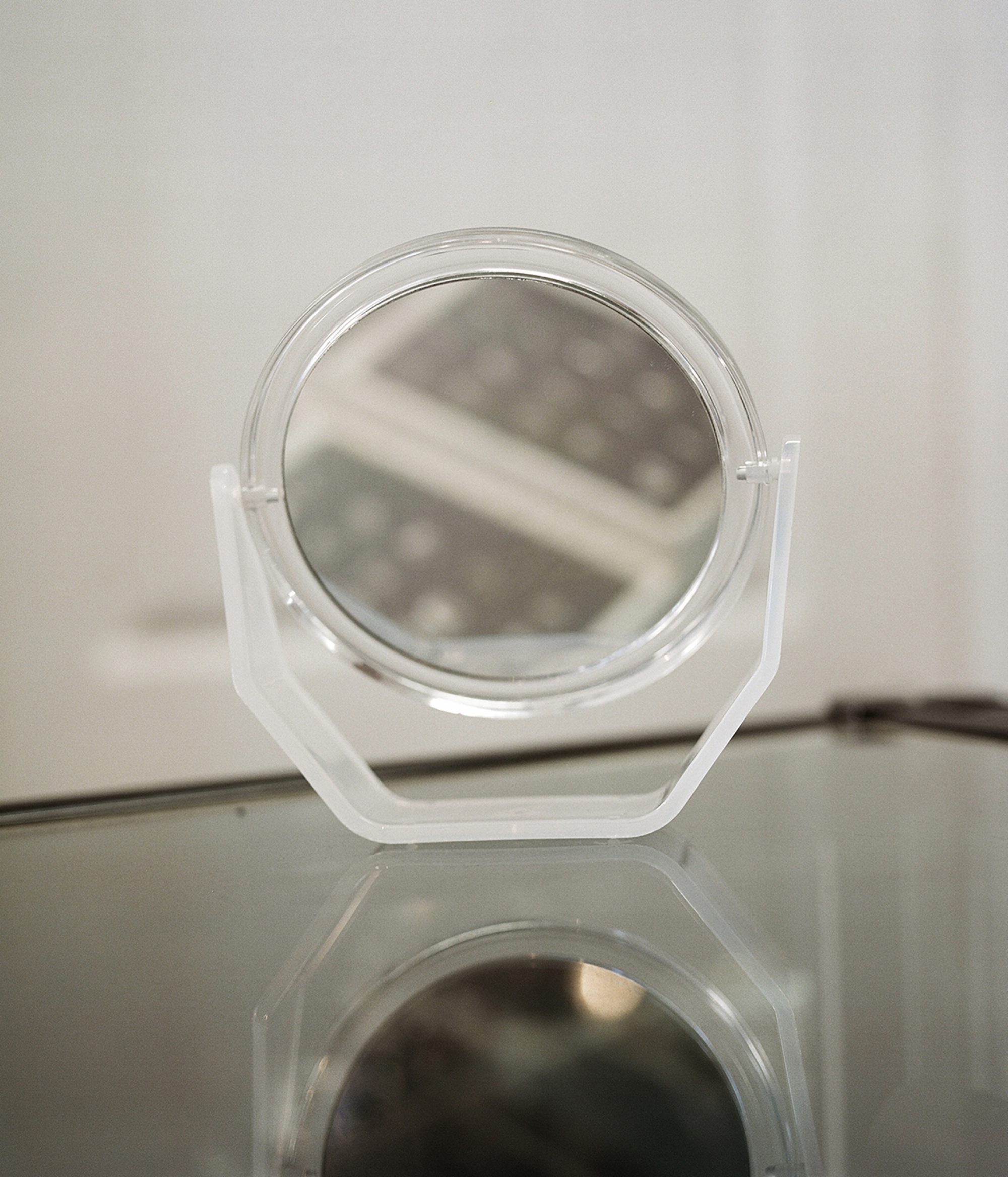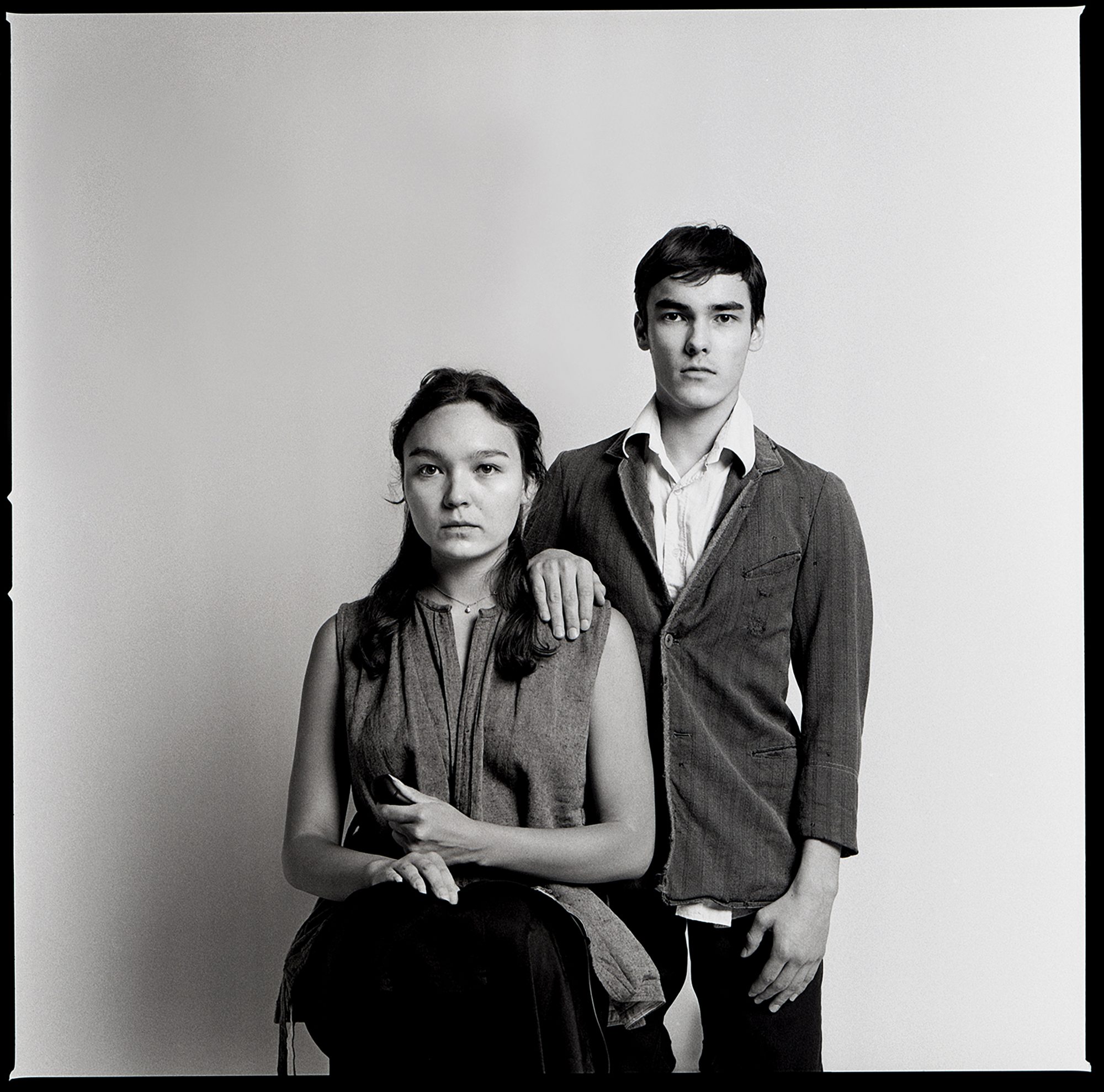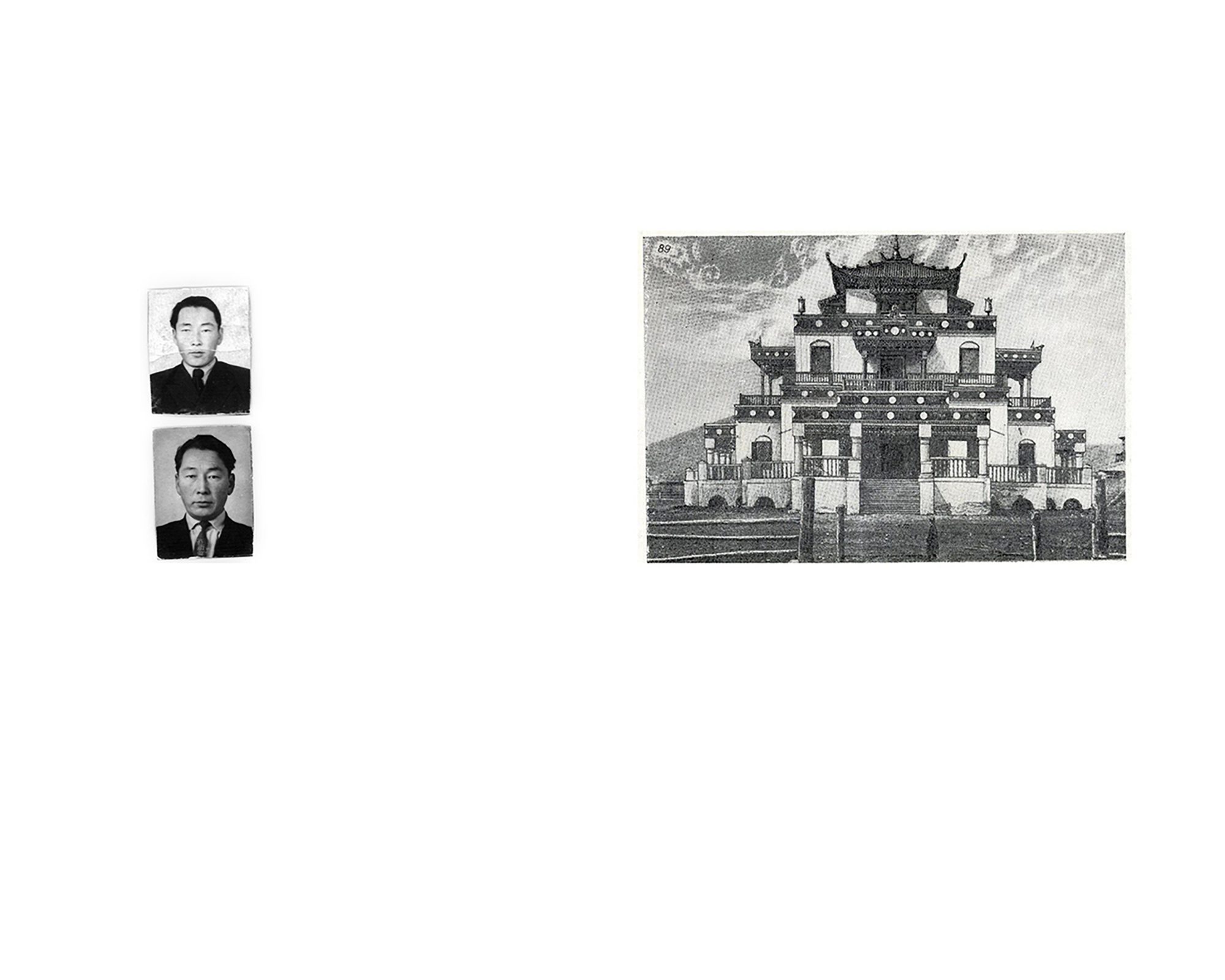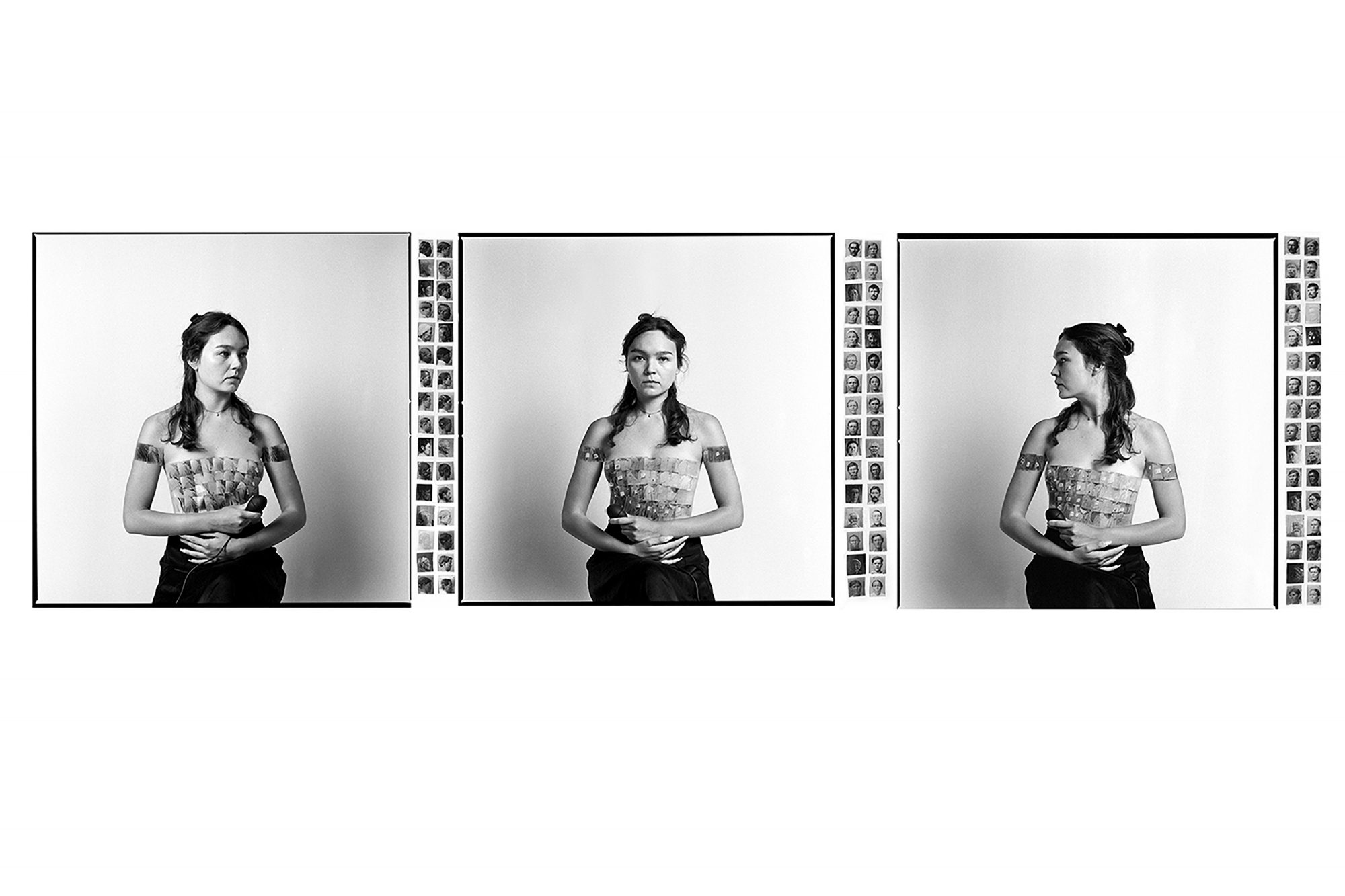Interwoven Legacies: A Postcolonial Dialogue
Emic
Emic is a new research collective that specialises in interrogating and exploring post-colonial narratives.
Yuxing Chen, investigates the structural properties of appropriation with a conceptual focus in her ongoing project The Oriental Scene (2022–). Margarita Galandina explores the personal connections between her genealogical past and the present through staged self-portraits in her series Ovoo (2022–) and Harry Compton delves into themes of hereditary power and the strangely familiar, as they relate to colonial legacies still present today in his project, The Sunny Side of the Island (2022–).
The collective aims to cultivate a deeper understanding and to create a shared space that facilitates conversations about the most effective visual strategies for discussing post-colonial environments. Each artist exemplifies a distinct approach to this subject, engaging with photography's historical discourse on representation while considering future possibilities for the medium.
The Oriental Scene
Yuxing Chen
The Oriental Scene investigates the concept of Chinoiserie architecture in the UK in the context of de-colonialism. The project uses a replica of the Porcelain Tower of Nanjing in Kew Gardens as the main object of investigation, which includes objects, drawings and documents to show how the pagoda was represented in various mediums.
In the 17th and 18th centuries, while Europe was experiencing the genre of Chinoiserie, Sir William Chambers built a replica of the Porcelain Tower of Nanjing at Kew in 1762, which was destroyed by the Taiping army in 1856. No photographs of the Porcelain Tower were left before photography was widely used. There are subtle differences in the depiction of The Porcelain Tower in the imagery preserved in the East and West, leading to misunderstandings; for example, the number of storeys of the Porcelain Tower is shown in European prints and book illustrations in both nine- and ten-storey versions. However, according to Chinese Han Buddhist tradition, in most cases, the pagoda must have an odd number of storeys, and the Nanking Tower is nine. The fact that Kew’s Pagoda has ten storeys raise the suspicion that it has been misrepresented by the image, showing a slightly paradoxical relationship between reality and fiction.
Prompted by the ‘wrong number of stories,’ this project explores the appropriation, decontextualization, and reassignment of meaning to oriental symbols across time and space. The project is concerned with the interrogation of Orientalism and the authoring of visual narratives. Rethinking how pagodas have been used to create images of the East and used by the West to portray cultural otherness. It also revolves around the juxtaposition and combination of historical and contemporary artistic works and visual documents, pointing to the process of visual cultural transference regarding the pagoda. This project uses photography to present these images in a contemporary form. Through the erasure of Orientalism, the architectural redaction engages with the debate on the cultural authorship of the East.
Ovoo, Timelessness
Margarita Galandina
The Ovoo is a pole symbolising sacred land in the Buryat-Mongol tradition and is a metaphor for an artist’s deep connection to their ancestral home in Buryatia, Southeastern Siberia. Drawing upon memories constructed from oral histories of their family, the familial photographic archive, and ethnography, the artist offers a personal interpretation of the history of the Buryats, exploring the impact of Russian colonial expansion on the region and people’s cultural identity.
Margo’s work entails creating photographic responses to anthropological photographs of Indigenous Siberians found in Kunstkamera’s ethnographic museum. The artist addresses themes of representation, colonial gaze, and historical erasure. To achieve this, they take
self-portraits that follow visual patterns similar to those of the museum archive and their family. The resulting images are then incorporated into the historical frame to create a photographic intervention. This approach stimulates a conversation about the contested nature of the Buryat people’s written history and serves to reclaim the artist’s identity and ancestry.
Another significant component of the project involves the juxtaposition of historical Buryat Shamanist and Buddhist places of worship destroyed during the Soviet Union’s 1930s ideological move to erase and forbid religious practices. This move primarily affected Indigenous communities, including the artist’s ancestors. The artist’s family history asserts that this tragic event disrupted their livelihoods, with some being repressed and sent to Stalin’s concentration camps. In contrast, others survived immense hardship, forfeiting their Buryat cultural identity.
In the summer of 2023, Margo visited remote sites with historical traces of these sacred places, documenting present-day bare landscapes and temple ruins. These images are interwoven into a broader narrative that acknowledges and preserves the traumatic part of Buryat Indigenous history hidden from the wider world. This project promotes cultural awareness and historical preservation, bringing attention to the intersection of the visual arts and the humanities in shedding light on Indigenous history.
The Sunny Side of the Island
Harry Compton
The Sunny Side of the Island investigates an ancestor and namesake Colonel Harry Compton, who was awarded a township of land (around 20,000 acres) by King George III in Prince Edward Island, Canada following his service in the Irish Rebellion in 1798. Consequently, he lived on the island between 1804-1816. The series is named so as it was his son Thomas Compton who named the city ‘Summerside’ where the series is based as it was located on ‘The Sunny Side of the Island’.
This project contextualises itself within the conversation surrounding colonial diaspora in ‘new world’ settlements and the remnants left behind through analysing the long-term aspects of individuals such as Colonel Harry Compton and his life on the island as seen through his descendants, the institutions he organised and the geographic placements of locations he deemed noteworthy. The land and title to it rightfully belongs with the Mi’kmaq indigenous community who occupied the land before he and ‘the crown asserted sovereignty over it’.
Themes of the strangely familiar, uncanny and the eerie are explored through the detailing of memory work from having reflectively engaged in making imagery and handling family archives to search for an individual hidden in plain sight. The Comptons on the island who still live on the same land where Harry Compton lived knew nothing before him and I knew nothing of him after except the folkloric stories of his life which we both grew up knowing despite never having met or known of one another’s existence. It was this unplotted space between us to which I responded to. As the first Harry Compton since him, confronting the past, examining the dynamics of hereditary power, and neutralising the myths surrounding individuals like him opens the conversation of what remains of these figures within the discursive framework of colonialism and what they suppressed within landscapes which are held in the present.
10- 14 Waterloo Place
Brighton
BN2 9NB
Map
Collectives Hub - Main Gallery
4 October- 17 November
Wednesday 12:00–17:00
Thursday 12:00–17:00
Friday 12:00–17:00
Saturday 12:00–17:00
Sunday 12:00–17:00
